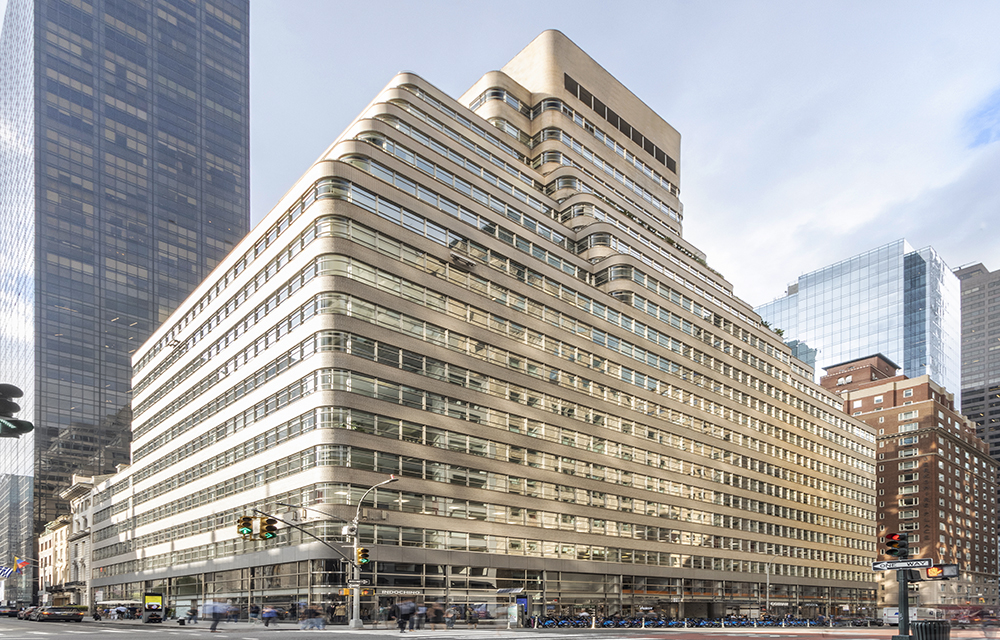Question of the Month: Opportunity Zones: What questions did the U.S. Treasury answer on October 19, 2018? - by Dan Flanigan
This is the first installment of a two-part series on answers issued from the Treasury on October 19, 2018 (proposed regulations). This article assumes readers’ knowledge of the basic Opportunity Zone statutory provisions. For a summary of the basic provisions, please see polsinelli.com/intelligence/oz-ppt.
Like most statutes, the Opportunity Zone (OZ) provisions of the 2017 Tax Cuts and Jobs Act, which have created such excitement in the real estate investment and development world, left many critical issues unresolved and questions unanswered, delegating to the U.S. Treasury the task of grappling with such issues and questions in regulations and rulings.
Some taxpayer-friendly answers were expected but by no means guaranteed:
How long do investors have to invest in an OZ fund after their capital gain event?
Answer: A minimum of 180 days and possibly more if the gain is reported to the investor from a pass-through entity (such as a partnership or S corporation) on Schedule K-1.
Can an OZ fund use debt to increase its investors’ basis in its property, or is the major benefit of the statute, the exclusion from federal taxation of OZ investment gains after a 10-year holding period, limited solely to gains attributable to the equity portion of the investment?
Answer: The proposed regulations strongly imply that debt will contribute to basis, just as in any other pass-through investment entity, if the applicable rules are followed, and the gain attributable to the debt portion of the investment is eligible for the 10-year exclusion from taxation. A negative answer to this question would have stunted the OZ program in its infancy.
Are OZ Funds allowed to employ the special allocations prevalent in other investment vehicles.
Answer: Yes.
Can a limited liability company, today’s most favored entity for real estate investment, qualify as an OZ fund since the statute only specifically mentioned a corporation and a partnership?
Answer: Yes.
Can investors sell their interest in an OZ fund and reinvest in another OZ fund and maintain the remainder of the deferral period (through December 31, 2026) with respect to the initial capital gain invested in the OZ fund, or will the deferral period terminate on the sale of the interest?
Answer: The deferral period continues if investors invest in another OZ fund within 180 days of the sale of the existing interest.
But some of the unanswered questions were far more difficult and could have been interpreted to drastically narrow the scope of the law and the types of enterprises and projects that could take advantage of it.
To satisfy the requirement of “substantial improvement” of an acquired OZ property, must the OZ fund spend an amount equal to just the cost of the buildings and other property acquired by the fund, or the cost of both the land and improvements?
The OZ statute requires that either the “original use” of the OZ property must commence with the OZ fund or the fund must “substantially improve” the property. Re: “Original use,” it is difficult to impossible for the fund either to commence “original use” of land or to substantially improve land (since the improvements are separate property). Thus, prior to the issuance of the proposed regulations, it was uncertain whether land could be a qualifying asset at all, and if so, how are we to determine the extent of required “substantial improvements”—does the amount of substantial improvements need to exceed the cost of both improvements and the land?—a daunting proposition, especially in areas where land costs are relatively high.
For example, assume that land and a building is purchased for $1 million and the value is properly allocated $500,000 to the land and $500,000 to the building. In substantially improving the property, must the fund spend more than $500,000 (the cost of the improvements) or more than $1 million (the cost of the improvements plus the land)? Or worse, is the land disqualified as an OZ-eligible asset so that the cost expended on the improvements needs to be so high in relation to the cost of the land as to require the improvements to constitute “substantially all” of the assets of the fund?
The answer to this question was of utmost importance. If the answer were the higher amount, it would greatly diminish the utility and scope of the OZ program, especially in areas like New York City with extremely high land costs. But as the Treasury generally did with their October 19th pronouncements, they made a market-friendly decision in this regard, determining that the land’s cost would be disregarded in this calculation; thus, all the fund must do is spend more than the separate cost of the improvements—more than $500,000 in the above example.
Moreover, other language in the IRS pronouncement indicates a likely more friendly attitude toward value-add rehabilitation projects, as opposed to purely ground-up development, than many had anticipated—again, an expansive approach with the effect of bringing a broader range and type of project within the OZ orbit.
The next installment in this series will discuss two other important, and, again, largely taxpayer-friendly and market-friendly, determinations in the Proposed Regulations, both of which provide valuable “breathing room” to OZ funds and their investors and to operating businesses in OZs.
(Much of this article is based on a Webinar recently presented by my colleagues in the OZ Practice Group at POLSINELLI, which can be accessed at polsinelli.com/intelligence/oz.)
Dan Flanigan is managing partner of the New York Office of Polsinelli, New York, N.Y.
Flanigan and POLSINELLI have provided the above material for informational purposes only. The material provided is general and not intended to be legal advice. Nothing in the material should be relied upon or used without consulting a lawyer to consider your specific circumstances, possible changes to applicable laws, rules and regulations and other legal issues. Receipt of this material does not establish an attorney-client relationship.
Meridian Capital Group arranges 10-year retail lease for Mess at 236 West 10th St.


Lasting effects of eminent domain on commercial development - by Sebastian Jablonski

Behind the post: Why reels, stories, and shorts work for CRE (and how to use them) - by Kimberly Zar Bloorian

Strategic pause - by Shallini Mehra and Chirag Doshi









.jpg)

.gif)